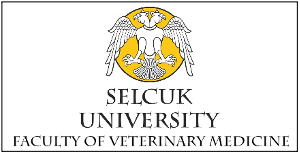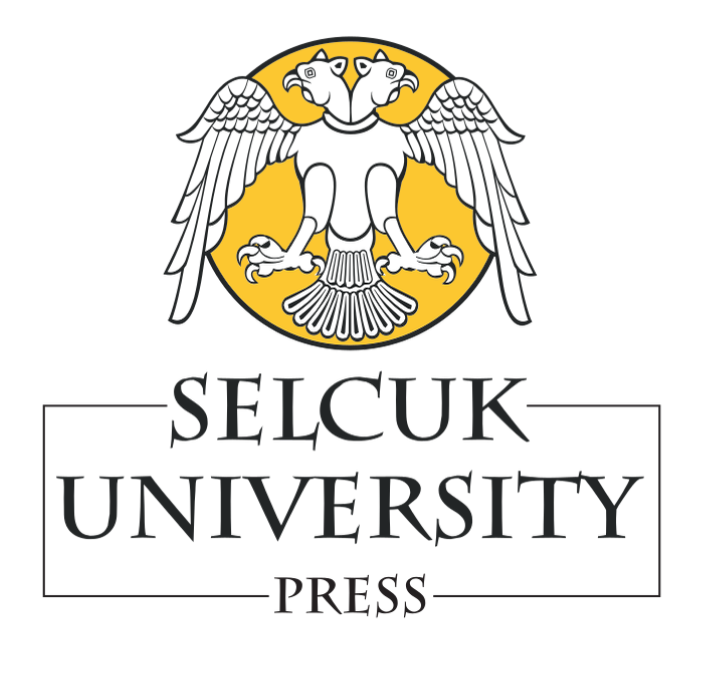| 2025, Cilt 41, e0463 |
| [ PDF ] [ Benzer Makaleler ] |
| In vivo evaluation of the efficacy of Cymbopogon citratus (lemongrass), Allium sativum (garlic), Leptospermum scoparium (manuka), and Litsea cubeba essential oils on Varroosis and Nosemosis co-infection in honey bees under field conditions |
| Mehmet Ozuicli1, Yasin Baykalir2, Ezgi Tegun3 |
| 1Balıkesir University, Faculty of Veterinary Medicine, Parasitology Department, 10000, Balıkesir, Türkiye 2Balıkesir University, Faculty of Veterinary Medicine, Biostatistics Department, 10000, Balıkesir, Türkiye 3Balıkesir University, Institute of Health Sciences, Animal Nutrition and Nutritional Diseases Department, 10000, Balıkesir, Türkiye |
| Keywords: Efficacy, essential oil, nosemosis, treatment, varroosis |
| Downloaded:11 - Viewed: 14 |
|
In this study, the efficacy of four different essential oils; Cymbopogon citratus (CC,
Lemongrass), Allium sativum (AS, Garlic), Leptospermum scoparium (LS, Manuka),
and Litsea cubeba (LC) against mite and microsporidian infections was evaluated in
hives simultaneously infested with Varroa destructor and Nosema spp. Changes in
mite and microsporidian loads were analyzed to determine the biological control
potential of these plant-based treatments. Forty-two hives were divided into six
groups (four treatment, two control), each consisting of seven hives. Essential oils
were applied to the frames four times at weekly intervals using a spray method in
the treatment groups. The Nosema load was determined using the digestion method,
and the Varroa load was determined using the powdered sugar method. The number
of falling mites was calculated using sticky paper placed on the bottom frame of the
hive. Nosemosis treatment efficacy was 57.64% (CC), 58.97% (AS), 62.54% (LS),
and 66.55% (LC). For Varroa, efficacy was 77.92%, 77.77%, 75.91%, and 79.42%,
respectively. All treatment groups showed significant reductions in mite numbers
from day 0 to 28 (p<0.001). Sticky board counts revealed a progressive decline
between days 7 and 28 in AS, LS, and LC groups (p<0.001). Nosema spore counts
also significantly decreased in all treatment groups (p<0.001). In this study, essential
oils were found to be effective against Varroa infestation. Chemical residues in bee
products, especially honey, can be prevented by using plant extracts instead of
chemical agents in Varroa infestations.
|
| [ PDF ] [ Benzer Makaleler ] |





